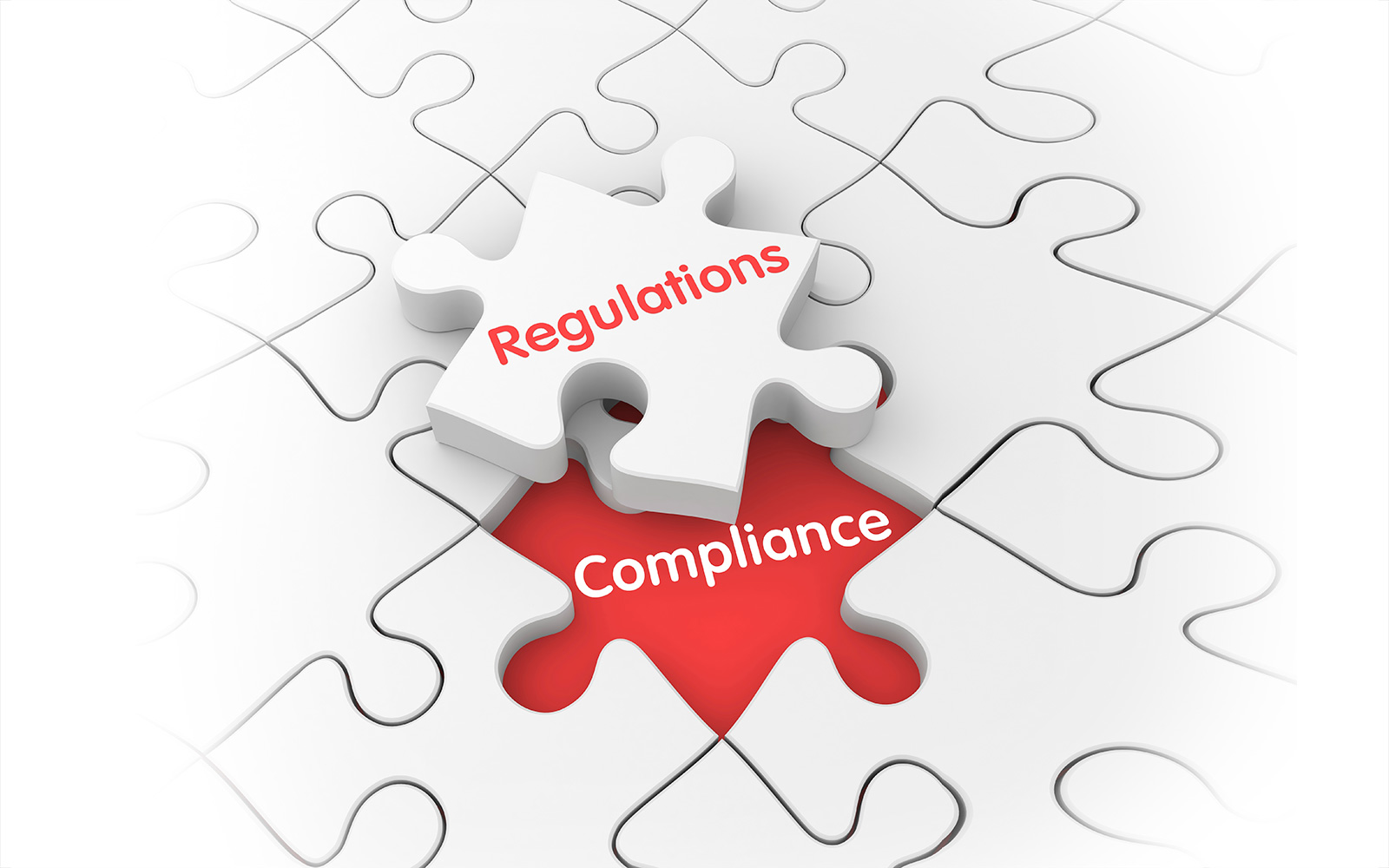
Can Corporate Compliance be Achieved without Breaking the Bank? Two UConn Professors Offer a New Way to Answer this Increasingly Important Business Question
Corporate compliance is one of the hot-button topics in business today, and the need to identify, prioritize and optimize it is a growing source of concern for companies, business managers, lawyers and legal scholars alike.
Evidence suggests that companies—particularly in healthcare, financial services and manufacturing—spend upwards of $10,000 per employee on compliance. And with good reason. A company’s reputation, financial well-being, organizational morale and relationship with regulators may hinge on these decisions. Furthermore, corporate executives and boards of directors can be held personally liable for non-compliance.
Stephen Park (UConn School of Business)“Firms devote tremendous sums of money, personnel and attention to ensure compliance with regulatory mandates. And yet, compliance failures proliferate,” said UConn’s Stephen Park, assistant professor of business law.
Park and his colleague, UConn’s Robert Bird, associate professor of business law, have co-authored a paper—forthcoming in the University of Pennsylvania Journal of Business Law—titled, “Turning Corporate Compliance Into Competitive Advantage: An Efficient Investment-Risk Model.”

The researchers say there is a trade-off between cost and risk. Firms where the leadership understands that, and seeks to balance the two successfully, can gain a competitive advantage over their business rivals.
The researchers present an efficient investment-risk model of compliance that draws on law and economics to show firms to what extent they need to invest on the compliance “frontier.” This model sheds new light on corporate governance debates in the context of compliance.
“Understanding the reality that compliance is both dynamic and driven by efficiency empowers firms to evolve past mere conformance and into wealth-maximizing innovation,” said Bird. “We developed an efficient investment-risk, or EIR, model of compliance that captures the trade-offs between cost and risk and enables firms to obtain a competitive advantage through compliance.”
A key issue that the researchers address is that compliance isn’t a matter of a corporation being completely in or completely out of compliance. There are many shades of gray, they write. But, it seems, there is a tradeoff with the amount of money a company is willing to spend and the amount of risk it is willing to undertake.
“Drawing on concepts of law and economics, the EIR model shows how firms decide whether—and to what extent—to comply along a compliance frontier in order to optimize the relative benefits of compliance to the firm relative to cost, thereby minimizing avoidable costs resulting from inefficient deployment of firm resources,” Bird said.
Meanwhile many companies struggle with complex, far-ranging and ambiguous regulatory mandates, Bird and Park write. For example, a jury found Ford Motor Co. criminally liable for negligent manufacture of an automobile, it did so even though it found that Ford had complied with federal government automobile safety standards at the time of manufacture. In that case, Ford was in compliance with the law, until a jury decided it wasn’t.
“Compliance personnel must be agile enough to recognize when processes and when innovations are necessary even when the regulatory waters are quiet,” Park said. “The more firms move toward the ideal of perfection, the more difficult the improvements get.”
“No matter how diligent compliance professionals are, the practice of compliance is embedded with imperfections. Conflict with the regulatory environment for most firms of significant size is all but inevitable,” said Bird, who is also the Eversource Energy Chair in Business Ethics at UConn.
The competitive advantage comes in knowing your company’s risks and the willingness of its executives and board of directors to accept a certain amount of risk and the inclination to spend money to address it.
“Spending too little or spending too much are not ideal choices,” Park said. “Companies can strategically benefit if they can accurately determine where they should be and where they want to be.”
Their work also addresses the risk-cost trade-offs that guide the interactions of firms with regulators, showing how different approaches to regulation affect a firm’s investments in compliance. “While business regulation and the business of corporate compliance continues to grow, it is unrealistic to assume that regulators have unlimited resources and dubious to argue that regulators should have infinite power,” they write. “In light of the limited capacity of regulators to compel firms to maximize compliance, regulators and policymakers must find more innovative ways to achieve the public policy goals of regulation.”
The UConn School of Business, in conjunction with the School of Law, has established a new Corporate and Regulatory Compliance Graduate Certificate Program, which Bird and Park are co-directing.
“Compliance is not a new topic but it is more and more important now because of major new laws, such as the Dodd-Frank Act and the Affordable Care Act,” Park said. “This is one of the interesting areas of business where you often find lawyers and non-lawyers working together as colleagues. This is also an area where teaching law and ethics to business students can add tremendous value to their education, whether or not they end up working in compliance.”